Refilling Your Own SodaStream Cartridges
Gareth's Tips, Tools, and Shop Tales - Issue #37
The latest issue of HackSpace magazine is out, issue 28 [Free PDF]. I have a piece in there (pgs 90-91) on tips and recommendations for improving shop organization and storage.
***
For those here who might be interested, I have launched a new blog series on Adafruit on the history and ongoing import of 90s cyberpunk science fiction on society, technology, and DIY. Posts will go up every Monday, Wednesday, and Friday.
Refilling Your Own SodaStream Cartridges
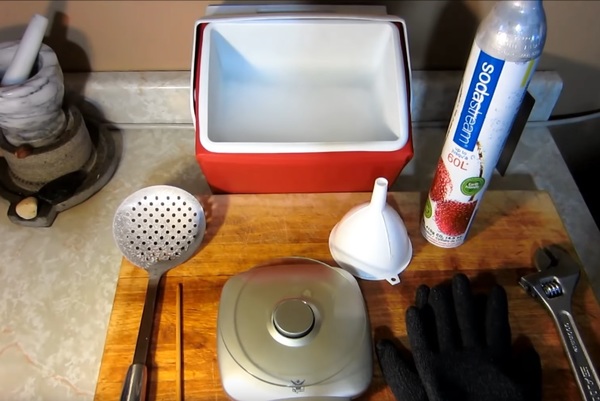
Basic household supplies, a scale, and dry ice pellets are all you need.
I just got a SodaStream and I love it. But the CO2 cartridges it uses are expensive, around US$30 each. This video shows an easy way of refilling your own bottles. Basically, all you need to do is safely remove the valve and funnel dry ice pellets into the bottle to a target weight. Done!
Photographing End Grain of Lumber for Signs of Warping
Emory Kimbrough writes: “Tired of buying a reasonably straight piece of lumber only to have it bow and twist most wondrously when you get it home? Photograph one end of the board with your phone camera, then walk down to the other end of the board. Compare your photo with the appearance of the grain on the opposite end. If the two end-grain patterns are very similar (actually, mirror-image similar if you think about it, because you flipped your viewing direction), then the board is less likely to warp. Conversely, if the grain patterns appear quite different on the opposite ends, then the grain is twisting its orientation through the board, and it is thus more likely to warp. Also, if the end-grain pattern suggests that the board was cut from near the center of the log (look for tight-radius curves) then the board is more likely to warp. Instead, look for more nearly straight end-grain lines. Neither of these tips guarantees that the board won’t warp, but they do, uh… bend the odds in your favor.”
Cheap LED Workshop Lighting
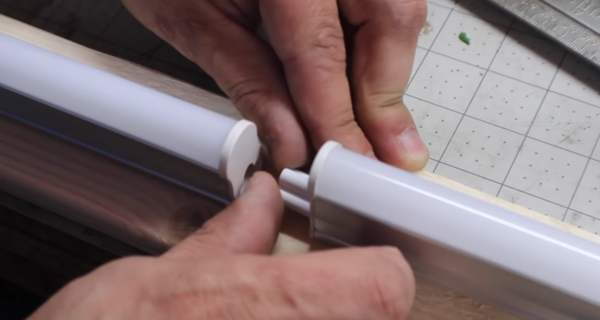
Linkable LED light fixtures might be easier, cheaper than you think.
In my shop organizing article in this month’s HackSpace, I talk about how inexpensive it can be to properly light a workshop these days using linkable LED light fixtures. I’ve pointed to this video in the past where maker Andrew Setters re-lights his shop using LED lights such as these from Amazon. Six of these 4’ bulbs, each delivering 20W, 2200lm, and 6500K (super bright White) of light, can be bought for under 40 bucks!
Label Your Warts!
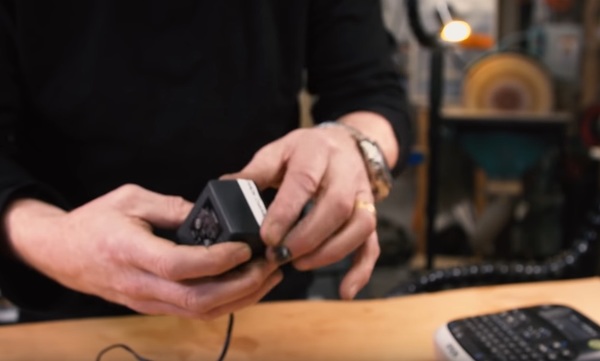
Don’t you wish the manufactuer labeled these obnoxious things?
Everyone seems to be on about label makers these days. In this latest tools recommendation video from Adam Savage, he professes his love for his label maker. But the bigger point he wants to make is that you should immediately and always label the “wall warts” that power most consumer electronic devices. They are rarely labeled and we all lose them and then can’t figure out which wart goes to which device. In my book, Tips and Tales from the Workshop, I recommend using those little plastic tags that come on bread for the same identifying purpose. Either way, he’s right: Label your warts!
Reviving Wood Putty with Cooking Oil
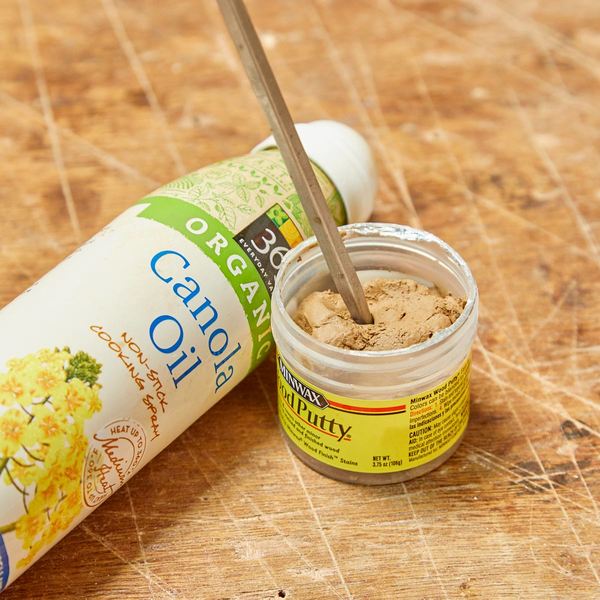
Photo via familyhandyman.com
Sean Ragan writes: “If you haven’t already run it, I just tried this trick (from Family Handyman magazine) for restoring dried wood putty using canola oil. I used a stainless mortar and pestle instead of kneading it with gloved hands and it worked quite well. Didn’t take very long, either. I just grabbed the generic PAM spray out of the kitchen cupboard and spritzed, kneaded, spritzed, kneaded until I got the consistency I wanted.”
My Undying Love for Print Catalogs
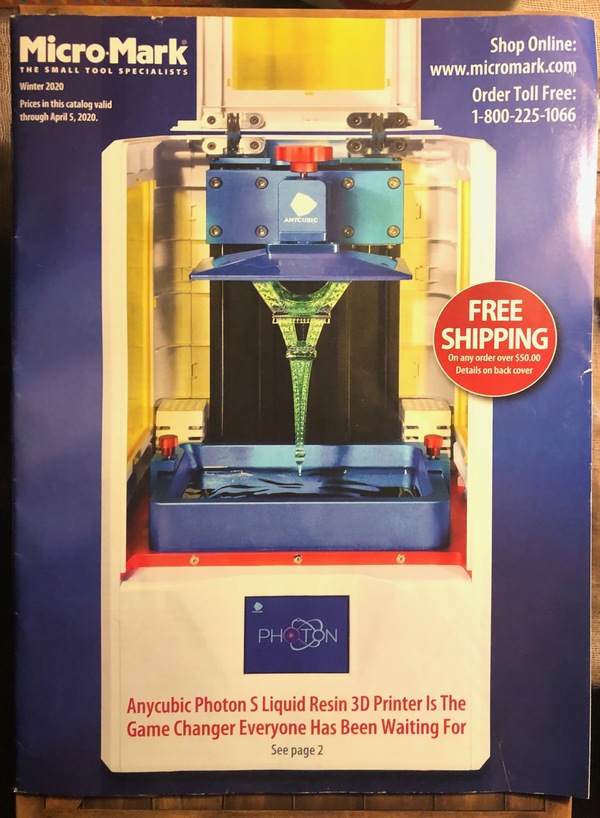
Catalogs can be gateways to your maker imagination.
When I was a kid, I lived for the fantasy worlds of making inside the pages of catalogs. They taunted me with possibilities. Model rocketry and railroad catalogs, science surplus catalogs, aftermarket car parts catalogs, electronics, art supplies. I loved pouring through them all and imagining the things that I could build. And a few of them, I did build. Print mail order catalogs still hold that charm for me, especially since they are growing so rare. One of the catalogs that I’ve gotten for decades and always enjoy is Micro-Mark, a specialty small tools catalog for model makers and model railroad enthusiasts. And it hasn’t all just been browsing on the john. When I look around my shop, a significant number of the small tools on my benches came from this catalog.
The Maker’s Muse
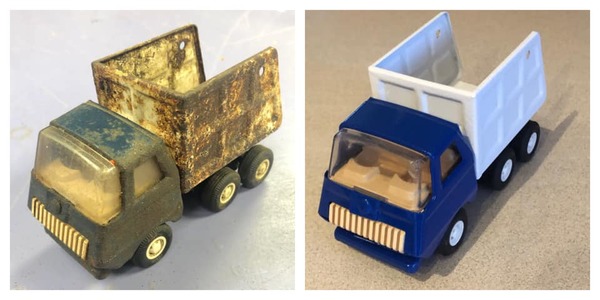
What’s old is awesome again.
Newsletter reader and friend, Eric Kaplan, was inspired by the piece I wrote a number of issues back about my obsession with restoration videos, including toy restoration. He decided to try his hand at a little toy restoration himself, so he restored this Tonka dump truck. Great job, mate!
03/5/20(Gareth’s Tips, Tools, and Shop Tales is published by Cool Tools Lab. To receive the newsletter a week early, sign up here. — editors)









